Wet Ponds and Wetlands
Purpose/Function:
Wet ponds and wetlands serve an important function in controlling the impacts of urban runoff. Because they are typically heavily vegetated, they serve as a natural filter for urban runoff. They also help to slow the flow of water to the receiving waters and replenish groundwater.
Initiation protocol:
Most wet pond and wetland restoration work involves the use of small structures built to hold water in an area where drainage, filling or other methods were previously used to remove natural wetland characteristics. A site usually requires lowering the elevation of the land by grading the soil. In other cases, a berm may be created by using the soils excavated to form the shallow depression of the wetland outline.
Public acceptance:
Poorly maintained wet ponds or constructed wetlands are often unsightly due to excessive algal growth and/or garbage build-up. These conditions are considered detriments by area residents. Wet ponds and constructed wetlands can also become breeding grounds for insect pests, such as mosquitoes, but with proper planning and design these situations can be minimized.
Implementation Factors (level of difficulty):
Difficult. Most importantly, the need to ensure appropriate elevations are met to reduce the occurrence of adjoining property impacts and impacts to nearby roads and other infrastructure.
Funding Sources / Options:
Chesapeake and Atlantic Coastal Bays Trust Fund administered by MD DNR. State and local governments and nonprofit organizations such as the MDE Wetland Mitigation Funding (administered through a Chesapeake Bay Trust Wetland Restoration Grant Program).
Costs:
Costs estimated as $ per impervious acre treated.
| Cost Estimates | EPA | King & Hagan | Average |
| Initial | $4,411 | $6,529 | $5,470 |
| Annual | $180 | $191 | $185.50 |
| Lifespan (yrs) | 20 | 20 | 20 |
| Annualized | $400.55 | $517.45 | $459 |
Note: King & Hagan figures are expressed in units of “impervious acres treated”. This provides a unit of comparison that is more uniform than “acres treated,” which assumes a proportion of impervious to pervious coverage.
Load Reduction Efficiency:
Total Nitrogen removed per acre treated per year
|
Low 1.12 lbs. |
Medium 1.84 lbs. |
High 4.18 lbs. |
Cost per pound removed = between $110 and $411
Total Phosphorous removed per acre treated per year
|
Low 0.23 lbs. |
Medium 0.32 lbs. |
High 0.53 lbs. |
Cost per pound removed = between $874 and $1,996
Total Suspended Solids removed per acre treated per year
|
Low 7 lbs. |
Medium 123 lbs. |
High 364 lbs. |
Cost per pound removed = between $1.26 and $68.22
Operation & Maintenance:
Maintenance of stormwater wetlands and wet ponds is performed to achieve four goals: efficient hydraulic flow and pollutant removal, aesthetic appeal, safety and mosquito control. Most of the maintenance activities associated with wetlands and wet ponds pertain to two or more of these goals. Stormwater wetlands are not mowed to the water’s edge and tend to be surrounded by mature grasses. As a result, mowing the perimeter of wetlands is not a typical stormwater wetland maintenance activity. Many wet ponds, however, do have a grassed perimeter that needs to be maintained.
Climate Change Considerations:
Anticipated changes in precipitation and evaporation resulting from a temperature increase, and longer dry season will likely cause direct plant mortality from drying, vegetation shifts (based primarily on elevation and levels of saturation) and rearrange species distributions.
Planning Questions to Consider:
Canada geese are attracted to an open body of water with good visibility around the perimeter, and they enjoy eating grass. This describes many “old-design” wet ponds that are mowed to the edge, allowing geese easy access in and out of the pond. Designers can include features in a wet pond to prevent Canada geese from taking up residence.
Technical Notes:
Access to older wet ponds and stormwater wetlands is often a problem. New design recommendations can make forebay cleanout easier by improving accessibility.
Helpful Links:
Local Project Examples:
Description: The project is in Oxford within an 82-acre county-owned passive recreation park in the Tred Avon River watershed, a tributary of the Choptank River. A 2.54-acre wetland system was designed and constructed to treat surface water runoff from 133.8 acres which includes 98.7 acres of off-site cropland. Limestone was used for stabilization to incrementally address acidification issues in the receiving waters of the Chesapeake Bay. Construction was completed on October 18, 2016.
Pollution Reduction Estimates:
Nitrogen — 394.08 lbs/yr
Phosphorus — 34.08 lbs/yr
Sediment — 6610.78 lbs/yr
Costs:
Design: $56,500.00 (Talbot County, A. Morton Thomas & Assoc. and, Center for Watershed Protection)
Construction: $144,000.00 (Lindstrom Excavating Contractors, Inc.)
Description: Partnership between Kent County and Chester River Association
- Restored a 1.27-acre wetland and wildflower meadow in Worton Park
- Filters 120 acres at the headwaters of an impaired stream
Funding source: $157,000 from Chesapeake and Atlantic Coastal Bays Trust Fund and $10,000 from Kent County Commissioners and Chesapeake Bay Trust
-
- Design work had already been completed by Ted Hogan at Partnerships for Ecological Restoration (CBT Grant)
- Planting conducted by the HS students (free; volunteer work)
Planning Questions:
- Required a landowner agreement from the Kent County Commissioners
- Required a financial request to the county commissioners.
- Required support from Kent Public Works Department because they are responsible for long-term maintenance of the park.
Estimated Load Reductions:
-
- Nitrogen — 153.08 lbs. removed per year @ $503 / lb.
- Phosphorous — 11.49 lbs. removed per year @ $6,700 / lb.
- Total Suspended Sediment — 1,345.68 lbs. removed per year @ $57 / lb.
Description: The county is partnering with University of Maryland Sea Grant, the town and the local drainage association to address severe flooding in a low-income community. Through the partnership, 100 percent of the neighborhood agreed to provide easements for access to construct the 7-acre wetland.
Funding Source: Design funding supported by Chesapeake Bay Trust (Watershed Assistance Grant Program), Chesapeake and Atlantic Coastal Bays Trust Fund will support the construction.
Design Cost: Chesapeake Bay Trust Watershed Assistance Grant = $29,620.00
Related Best Management Practices


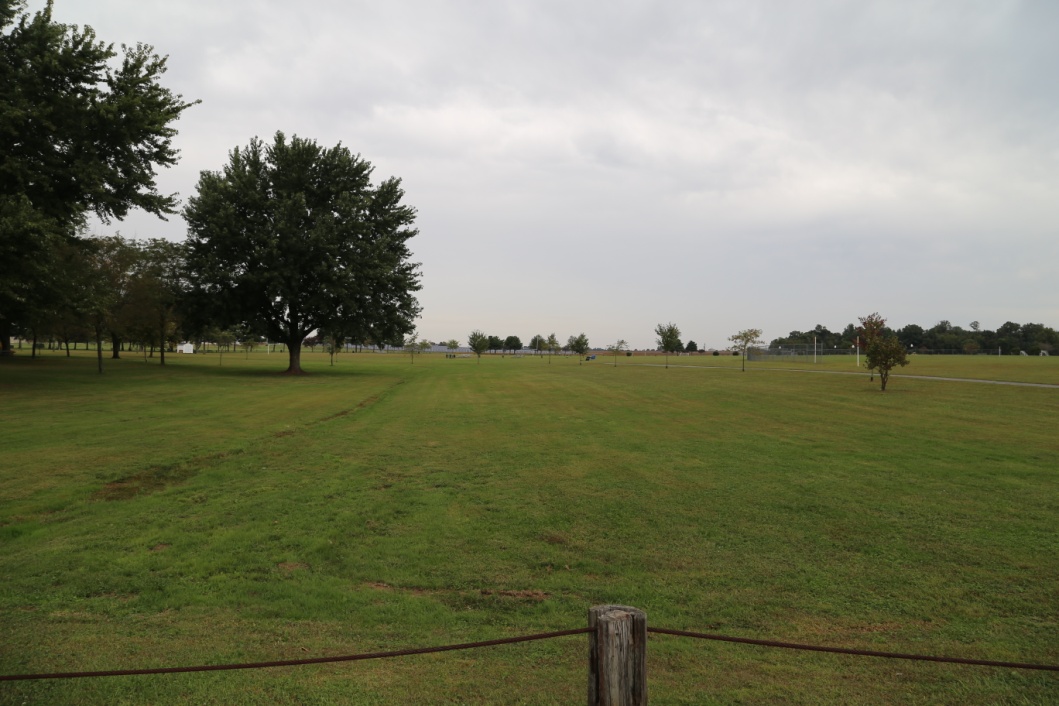
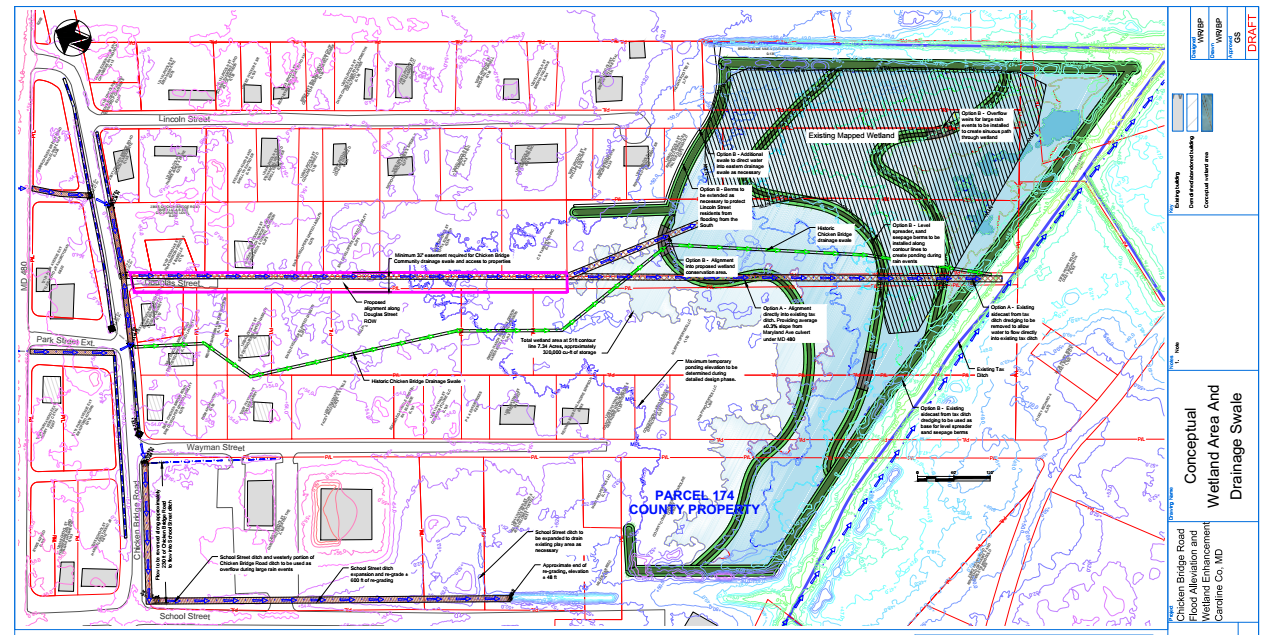


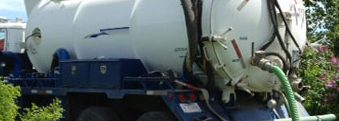


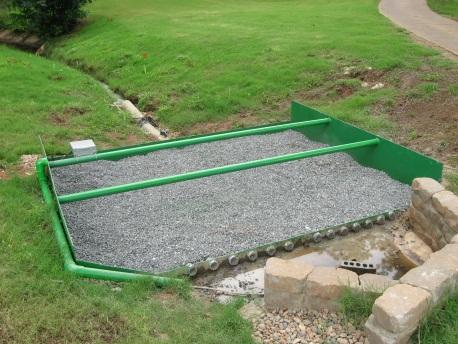
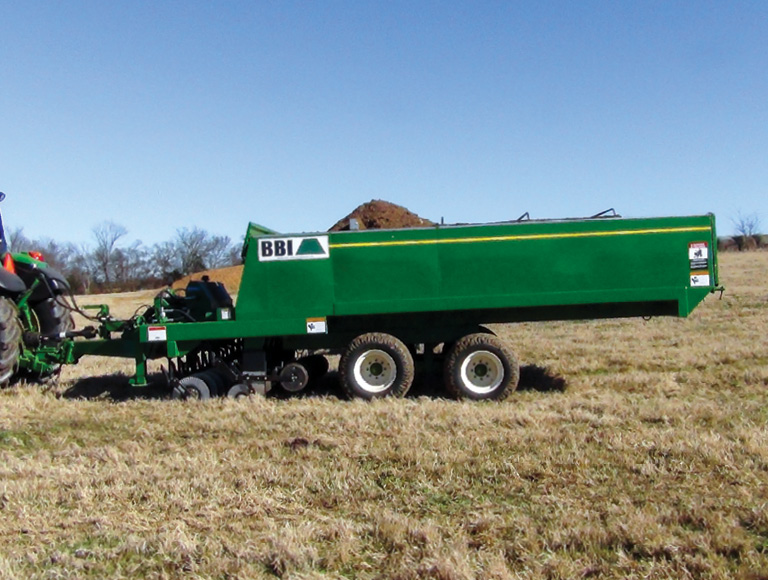
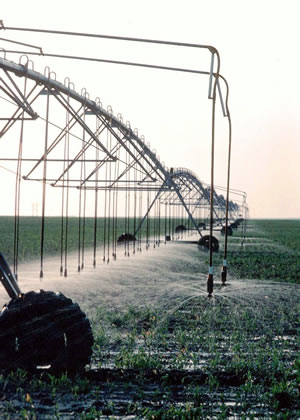
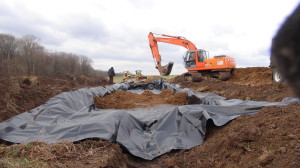
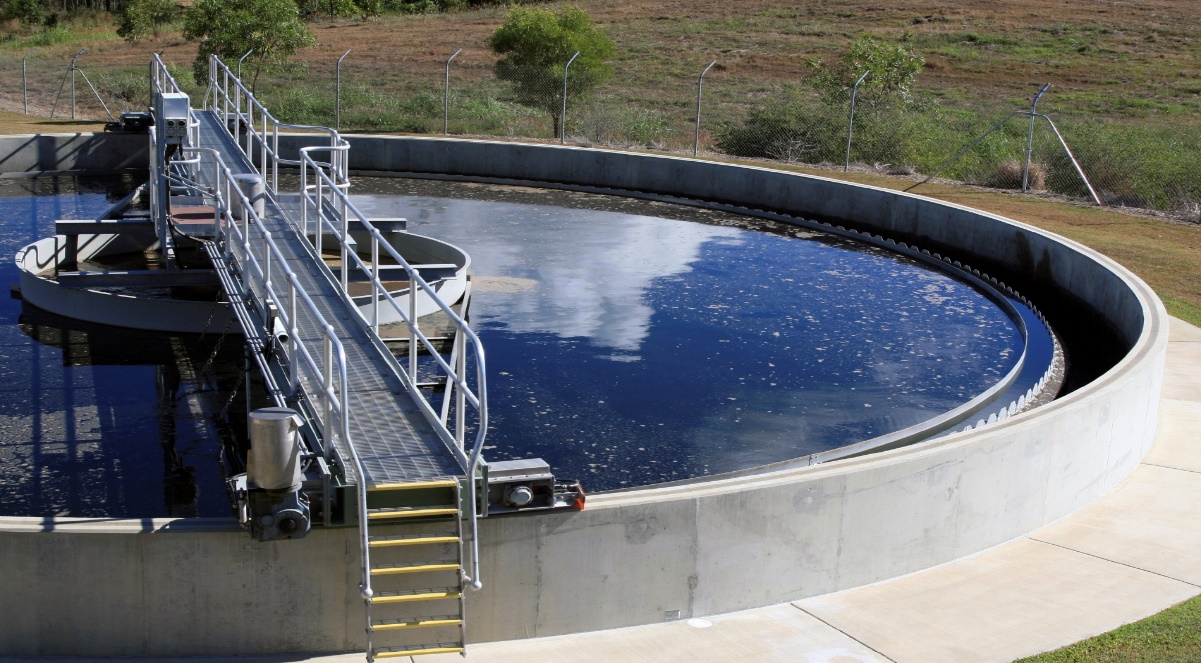

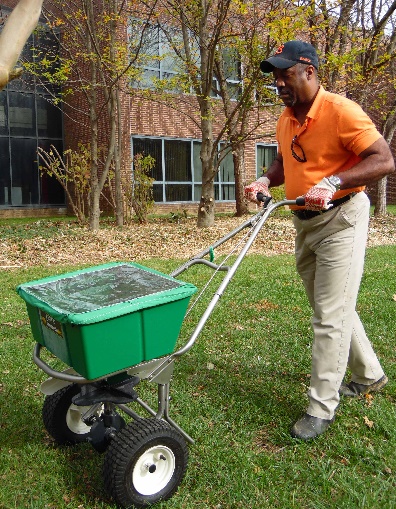

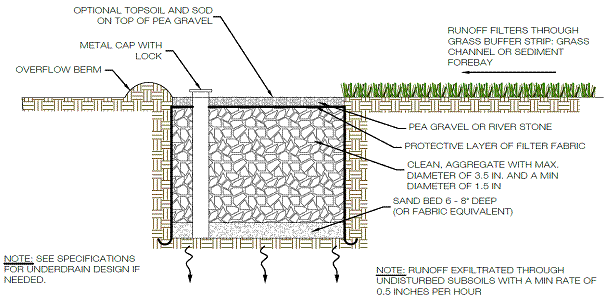
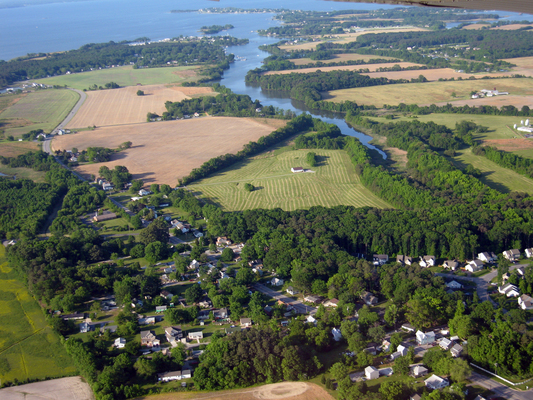
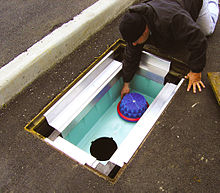
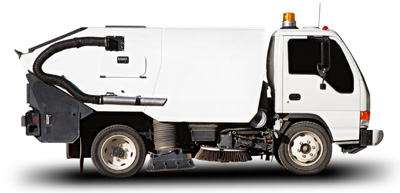
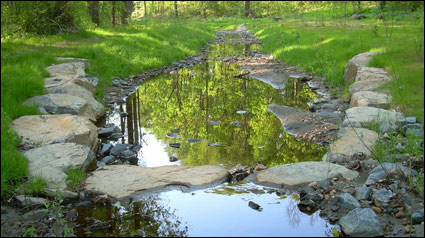
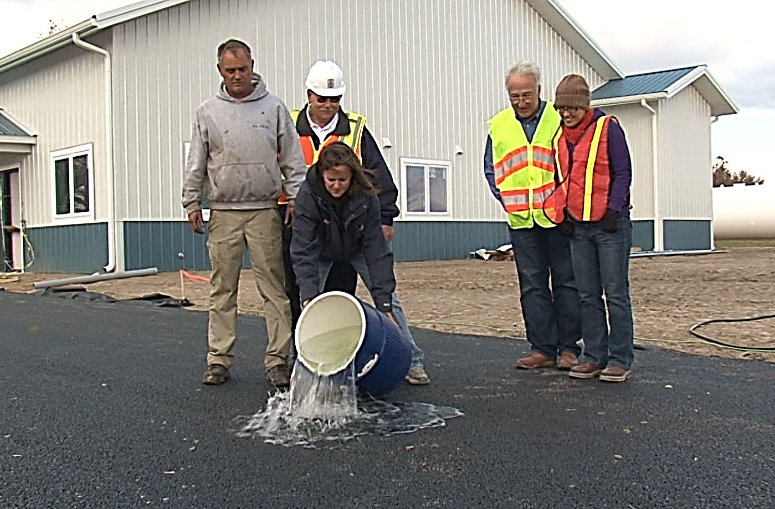
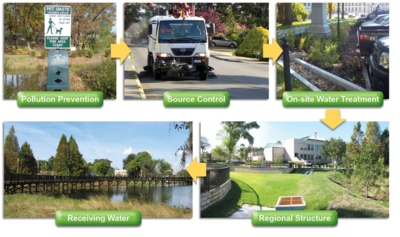
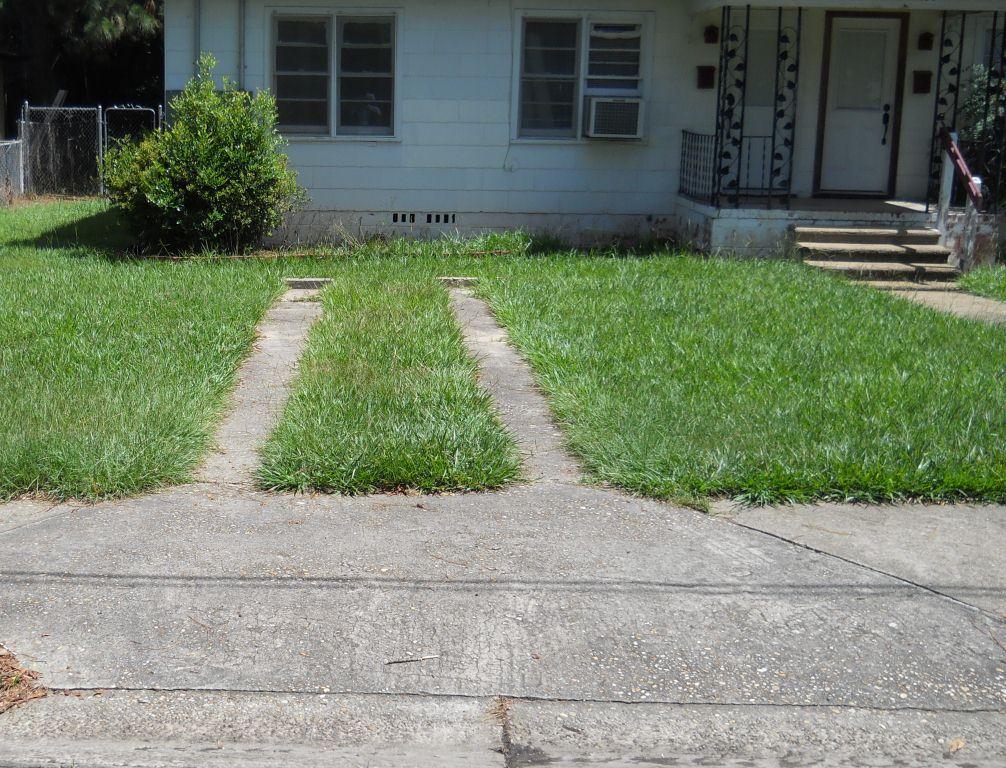

Feedback on This Best Practice